Calling 000
Calling 000 is the quickest way to get the right emergency service to help you.
In an emergency, calling 000 can be the difference between life and death.
When to call 000
You should call 000 in any of the following situations:
- a life is threatened
- a vehicle accident where people are injured
- an air, rail or water accident
- any event that may cause danger to people or property
- an explosion
- a bomb or threat
- a disturbance or breach of the peace - such as a domestic violence incident or anti-social behaviour
- a crime is happening or has been committed.
You should call 131 444 for all non-urgent incidents to talk to a police operator.
What happens when you call 000
When you call 000 you should follow these steps:
Step 1. You will hear this message: ‘You have dialled emergency triple zero. Your call is being connected.'
Step 2. An operator will say: 'Emergency. Which service do you require - police, fire or ambulance?'
Step 3. You will be connected to either the police, fire or ambulance.
Step 4. You should stay calm and not hang up until you have spoken to the police, fire or ambulance.
If you ask for an ambulance
If you call for an ambulance on 000, the operator may ask you any of the following:
- the address of the place the ambulance needs to go
- what the problem is
- how many people are injured
- the person's age
- the person's gender
- if the person is conscious
- if the person is breathing.
Do not hang up until the operator tells you to. You may need to hold the line until an ambulance arrives.
For more information go to the triple zero (000) page at the Australian Government's Department of the Attorney-General website.
To get information for children, go to the Triple Zero Kids' Challenge website.
Contact an emergency service
Common phone numbers for use in an emergency are listed below.
Ambulance
For emergency ambulance attendance, call 000.
For general enquiries, call 1300 360 455.
Community safety
Use the following phone numbers for information about or to report a safety issue.
Exotic animal diseases
Call the emergency animal disease hotline on 1800 675 888.
Weeds or exotic plants
Call the exotic plant pest hotline on 1800 084 881.
Urgent pollution incidents
Call the Northern Territory Environment Protection Authority Pollution hotline on 1800 064 567.
Marine safety
Call the Department of Infrastructure, Planning and Logistics on 08 8924 7100.
Rail safety
Call the Department of Infrastructure, Planning and Logistics on 08 8924 7209.
Electricity, water or gas emergency
You should contact Power and Water if you have an emergency with your electricity, water or sewerage.
In an emergency only, call 1800 245 090.
To check for underground services before drilling or digging on a property, call Dial Before You Dig on 1100 or Power and Water on 1800 245 092.
NT Fire and Rescue Service
For emergency firefighter attendance, call 000.
For general enquiries in the northern NT, call 08 8946 4107.
For general enquiries in the southern NT, call 08 8951 6688.
For after-hours enquiries, call 08 8922 1555.
National Relay Service
If you are deaf or have a hearing or speech impairment, you can contact the police, fire or ambulance through the National Relay Service on any of the following:
- TTY call 106
- speak and listen call 1800 555 727
- internet relay and ask for Triple Zero (000).
NT Emergency Service
For life threatening emergencies, call 000.
For 24-hour assistance during floods, storms and cyclones, call 132 500.
For general enquiries in the northern region, call 08 8922 3630.
For general enquiries in the southern region, call 08 8951 9300.
Police
For emergency police attendance, call 000.
For police assistance, call 131 444.
For other police contacts, specialist units or remote station contact details, go to the NT Police, Fire and Emergency Services website.
Crisis and support helplines
If you need help or support, find a service best suited to your needs below.
In an emergency, you should call 000.
Alcohol and Drug Information Service (ADIS)
Phone: 1800 131 350
Read more on alcohol and drug rehabilitation services.
Beyond Blue
Phone: 1300 224 636
beyondblue.org.au
Child protection hotline
Phone: 1800 700 250
For more information, go to the Territory Families website.
Environmental Health
- Darwin
Phone: 08 8922 7377 - Barkly
Phone: 08 8962 4302 - Central Australia
Phone: 08 8955 6122 - Katherine
Phone: 08 8973 9061
For more information, go to the Department of Health website.
Family Drug Support Australia
Phone: 1300 368 186
fds.org.au
Gambling Help Online
Phone: 1800 858 858
gamblinghelponline.org.au
headspace
- Alice Springs
Phone: 08 8958 4544 - Darwin
Phone: 08 8931 5999 - Katherine
Phone: 08 8912 4000
For more information, go to the headspace website.
Healthdirect Australia
Phone 1800 022 222
healthdirect.gov.au
Interpreting and Translating Service NT (ITSNT)
Phone: 08 8999 8506
Read more on Interpreting and Translating Service NT.
Kids Helpline
Phone: 1800 551 800
kidshelpline.com.au
Lifeline
Phone: 131 114
lifeline.org.au
MensLine Australia
Phone: 1300 789 978
mensline.org.au
National Debt Helpline
NT Food Safety Hotline
Phone: 1800 095 646
Read more on food poisoning.
NT Mental Health Line
Phone: 1800 682 288
Read more on 24 hour mental health hotlines.
NT Police
Phone: 131 444
For more information, go to the NT Police, Fire and Emergency Services website.
Office of Disability
Phone: 08 8999 2809
For more information, go to the Department of Health website.
Parentline
Phone: 1300 301 300
parentline.com.au
Poisons Information Centre
Phone: 131 126
For more information, go to the Australian Government's Department of Health website.
Quitline
Phone: 137 848
For more information, go to the Australian Government's Department of Health website.
Refugee and Migrant Settlement Services (RAMSS)
Phone: 08 8946 4800
For more information, go to the AnglicareNT website.
Ruby Gaea Darwin Centre Against Sexual Violence
Phone: 08 8945 0155
Find them on Facebook.
Sexual assault referral centres
- Alice Springs
Phone: 08 8955 4500 - Darwin
Phone: 08 8922 6472 - Katherine
Phone: 08 8973 8524 - Tennant Creek
Phone: 08 8962 4361
Read more on sexual assault referral centres.
Victims of Crime NT
Phone: 1800 672 242
victimsofcrime.org.au
1800 RESPECT (sexual assault, domestic and family violence counselling service)
Emergency accommodation
For a directory of services for homeless Territorians, go to the ShelterMe website.
If you need emergency accommodation during a cyclone or other disaster, go to the Secure NT website.
To get long-term accommodation for low income earners of all ages, read public housing.
Emergency financial aid
You can find emergency financial aid services on the Northern Territory Government’s ShelterMe website.
On the website you can find out about issues including:
- how to get financial assistance
- how to deal with a financial crisis
- how to get food or meals in a crisis or emergency
- how to get emergency housing or support.
Go to the Secure NT website to read about financial help for residents in a natural disaster.
First aid
You should have a first-aid kit at home and also learn how to do first aid through an accredited trainer.
First-aid training
St John provides accredited first-aid training.
To book training online go to the St John NT website.
St John also provides first-aid kits, defibrillators and specialist first-aid equipment.
About first-aid training at St John
St John first-aid training courses cover the following subject areas:
- first aid
- advanced first aid
- cardiopulmonary resuscitation
- advanced resuscitation
- occupational first-aid skill set
- first aid at remote stations
- basic emergency life support
- emergency management of asthma
- caring for kids
- junior first-aid program
- first at the scene
- industrial medic response program
- management of anaphylaxis
- low voltage electric shock rescue.
What to keep in your first-aid kit
If you want to stock your own first-aid kit, it should contain the items listed below.
Bandages, dressings and bindings
- 1 packet of plastic strips
- 1 roll of non-allergenic tape
- 2 sterile eye pads
- 4 triangular bandages
- 1 conforming gauze bandage (10cm)
- 1 conforming gauze bandage (7.5cm)
- 1 conforming gauze bandage (5cm)
- 1 hospital crepe bandage (10cm)
- 1 sterile combine dressing (9cm x 10cm)
- 1 sterile combine dressing (20cm x 20cm)
- 1 medium wound dressing (No. 14)
- 2 non-adhesive dressings (5cm x 7.5cm)
- 1 non-adhesive dressing (10cm x 7.5cm)
- 2 square gauze swabs
- 5 alcohol swabs
- 1 wound-closure steri-strip
Tools
- 1 pair stainless steel scissors
- 1 pair of forceps
- 1 stainless steel splinter remover
Other essentials
- 1 pack (10 pairs) of latex gloves
- 1 resuscitation mask
- 2 bottles of eye irrigation (15 millilitres)
- 1 bottle of antiseptic cream (50g)
- 1 bottle of antiseptic solution (30 millilitres)
- 1 first-aid hints booklet.
Teach your child to call 000
Children as young as three have been able to save their parents in an emergency by calling 000 and providing vital information, such as a name and address.
It is important that your child knows what to expect and how to answer questions asked by the emergency operator.
Play the 000 game
Playing the 000 game is a good way to introduce your children to emergencies and what to do in those situations. To play the game go to the Triple Zero Kids' Challenge website.
It is also important to stress to your children that:
- they should not give out their telephone number to strangers - only to an authorised person, such as when calling 000
- 000 is a number used in emergencies and should only be used if there is no adult available to make the call.
Talk to your child about emergencies
Talk to your child about what an emergency is and make a list of the answers.
Using the list of emergencies, have your child say who they would ask for in each example - either police, fire or ambulance.
Practice using the phone
Show your child how to use the phone correctly, for example, how to listen for a dial tone before dialling.
Remind your child about the danger of making a joke or hoax call and state that this is not allowed and that you will get into a great deal of trouble when caught.
Explain to your child that when you call 000 the operator will ask you some questions.
Teach your child their name, address and phone number if possible.
Role-play a 000 situation
Role-play with another adult, with one of you being the operator and the other being a child ringing 000. Show the importance of staying calm and speaking clearly to be understood.
Australian Warning System
The Australian Warning System (AWS) helps you stay safe and recognise emergency alerts.
It is a national system that provides information and warnings for hazards like:
- bushfires
- extreme heat
- floods
- cyclones
- storms.
The AWS delivers consistent messages so you know what to do when you see an alert.
It’s important that everyone knows and understands the new system.
If you run a business, it is important that you update your workplace cyclone plan accordingly.
AWS icons and warning levels
The AWS has a nationally consistent set of recognisable icons for each hazard and 3 levels of warning:
- yellow - advice: stay up to date
- orange - watch and act: conditions are changing - start taking action
- red - emergency warning: act immediately.
| Hazard | Advice | Watch and act | Emergency warning |
|---|---|---|---|
Cyclone | 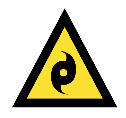 | 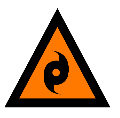
| 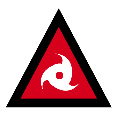
|
| Fire | 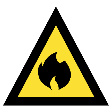
| 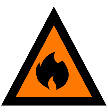
| 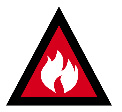
|
| Flood | 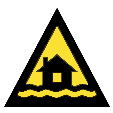
| 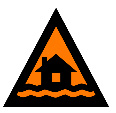
| 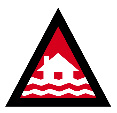
|
Storm | 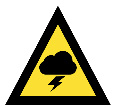
| 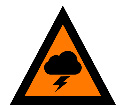
| 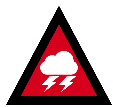
|
Extreme heat | 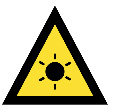
| 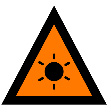
| 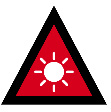
|
| Other | 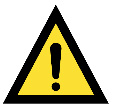 | 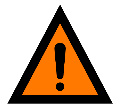 | 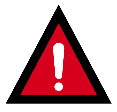 |
For more information about the AWS icons and warning levels, go to the AWS website.
Warning signal
The Standard Emergency Warning Signal is a siren that is used with the AWS at the emergency level when immediate action must be taken.
The siren may be played live or used on:
- radio
- TV
- social media.
Only the NT Emergency Service director, Bureau of Meteorology NT regional director or their delegates can authorise the siren.
When you hear the siren, you should pay immediate attention. Listen to the announcement and follow any instructions given.
Voice or message alerts
Emergency Alert is the national telephone warning system used by emergency services to:
- send voice messages to land lines
- text messages to mobile phones.
It is used to notify those affected by potential emergencies.
In the NT, Emergency Alert is administered by NT Emergency Service.
For more information, go to the Emergency Alert website.
Fire danger ratings
The Australian Fire Danger Rating System (AFDRS) is used nationally.
Fire danger ratings describe the potential danger level of a bushfire. They provide the community with information to take action and protect themselves and others from fire hazards.
Fire danger ratings are used to communicate the consequences of a fire, if one was to start. On days when there is minimal risk, ‘no rating’ will be used.
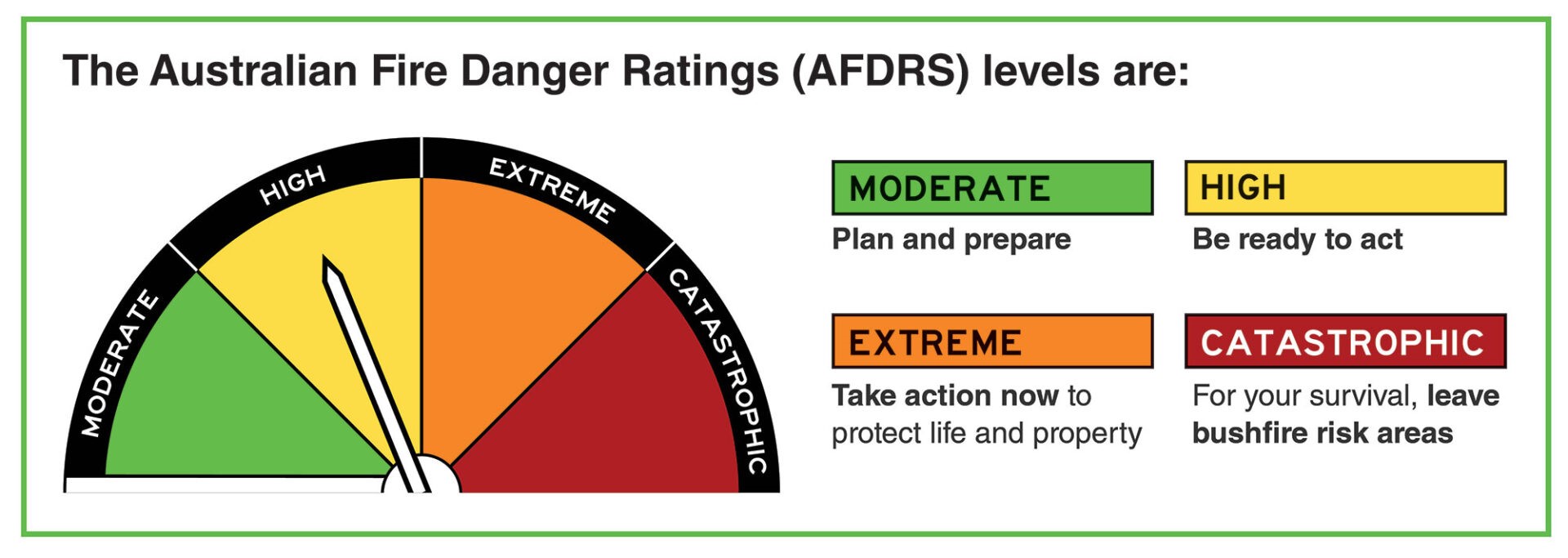
For more information, go to the Australian Fire Danger Rating System website.
Fire ban days
Fire bans are issued by the chief fire control officer and director, NT Fire and Rescue Service for specific areas when weather conditions indicate an increased fire risk.
Fire bans are generally issued for 24-hour periods and are communicated through local media and social media posts.
On fire ban days, no person shall light a fire or cause a fire to be lit in the open within the affected areas.
Read more about fire bans and fire danger periods.
Warnings outside the NT
Check the websites of each jurisdiction to find out how to stay informed during an emergency.
- Western Australia - go to Emergency WA
- Victoria - go to VicEmergency
- Tasmania - go to TasALERT
- New South Wales - go to Hazard Watch NSW
- Queensland - go to Get Ready Queensland
- South Australia - go to South Australia advice and warnings
- Australian Capital Territory - go to ACT Emergency Services Agency
- New Zealand - go to New Zealand National Emergency Management Agency.
More information
For more information about:
- current incidents and information about how to prepare for an emergency, go to SecureNT
- weather information and warnings, go to the Bureau of Meteorology.
Contact
For more information, email ntes@pfes.nt.gov.au.
Alice Springs emergency declaration
The Northern Territory (NT) Government declared an emergency situation in Alice Springs on 27 March 2024.
This included a curfew in the high risk area (HRA) for people under the age of 18 years.
On 9 April 2024, the declaration was further extended until 6am on Tuesday 16 April 2024.
Dates and hours in effect
Wednesday 27 March to Tuesday 16 April 2024 from 6pm to 6am.
Who it affected
The curfew applied to people under the age of 18 years and in the HRA between 6pm and 6am without a valid reason.
Valid reasons included:
- working as part of your employment
- accessing a youth-related service
- being with a responsible adult
- having a medical emergency.
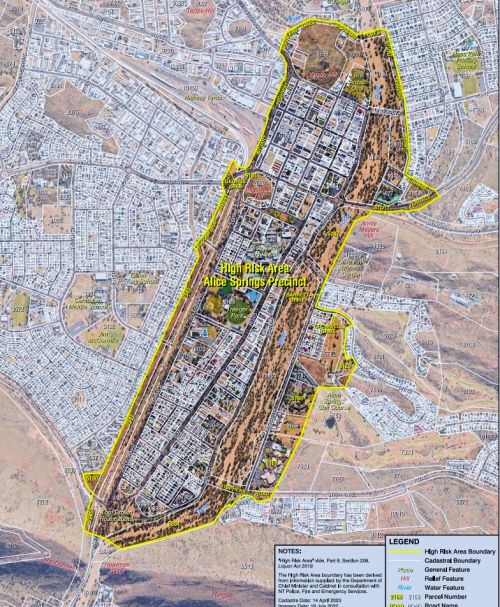
Get the Alice Springs HRA map JPG (442.9 KB).
